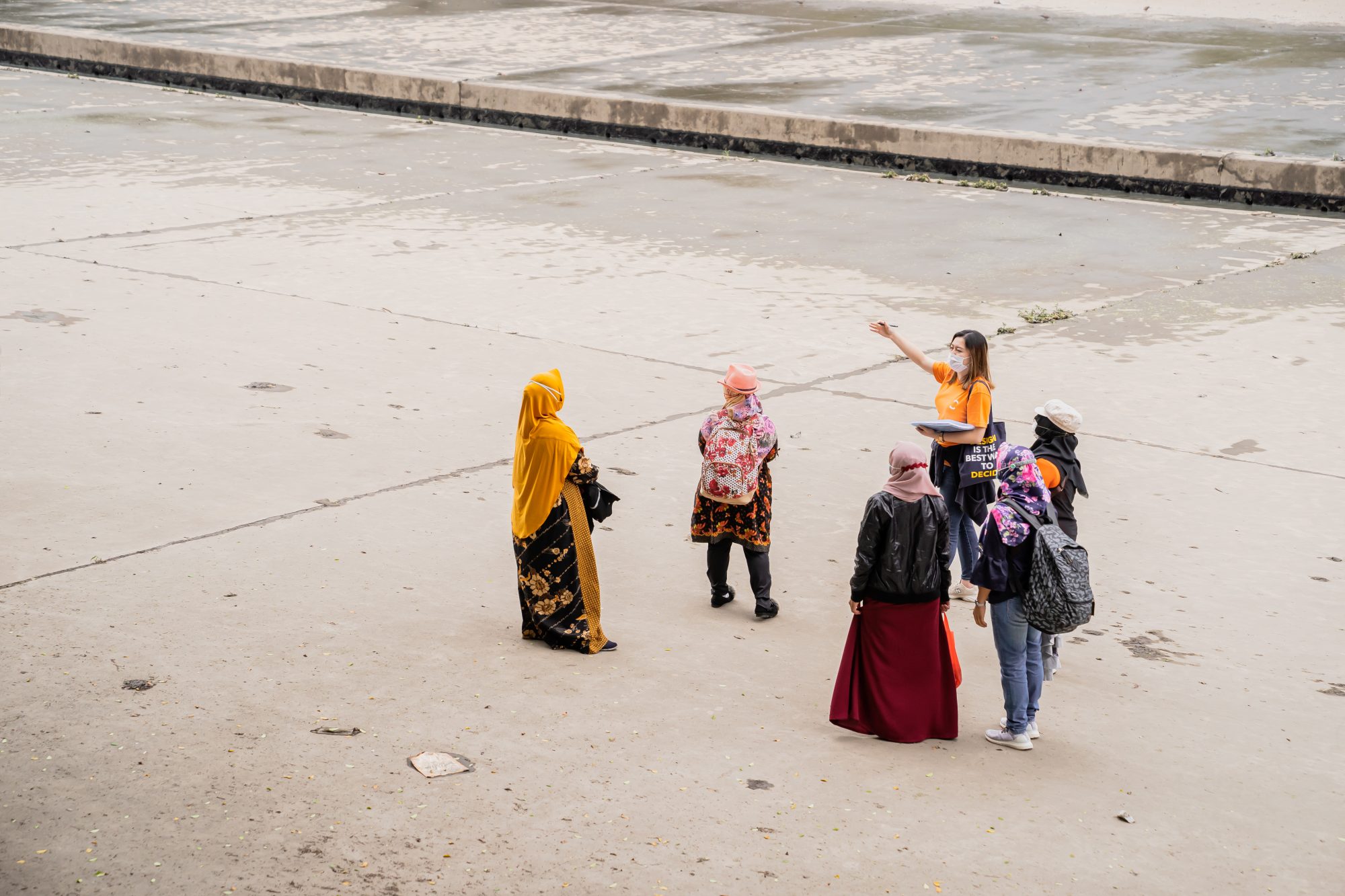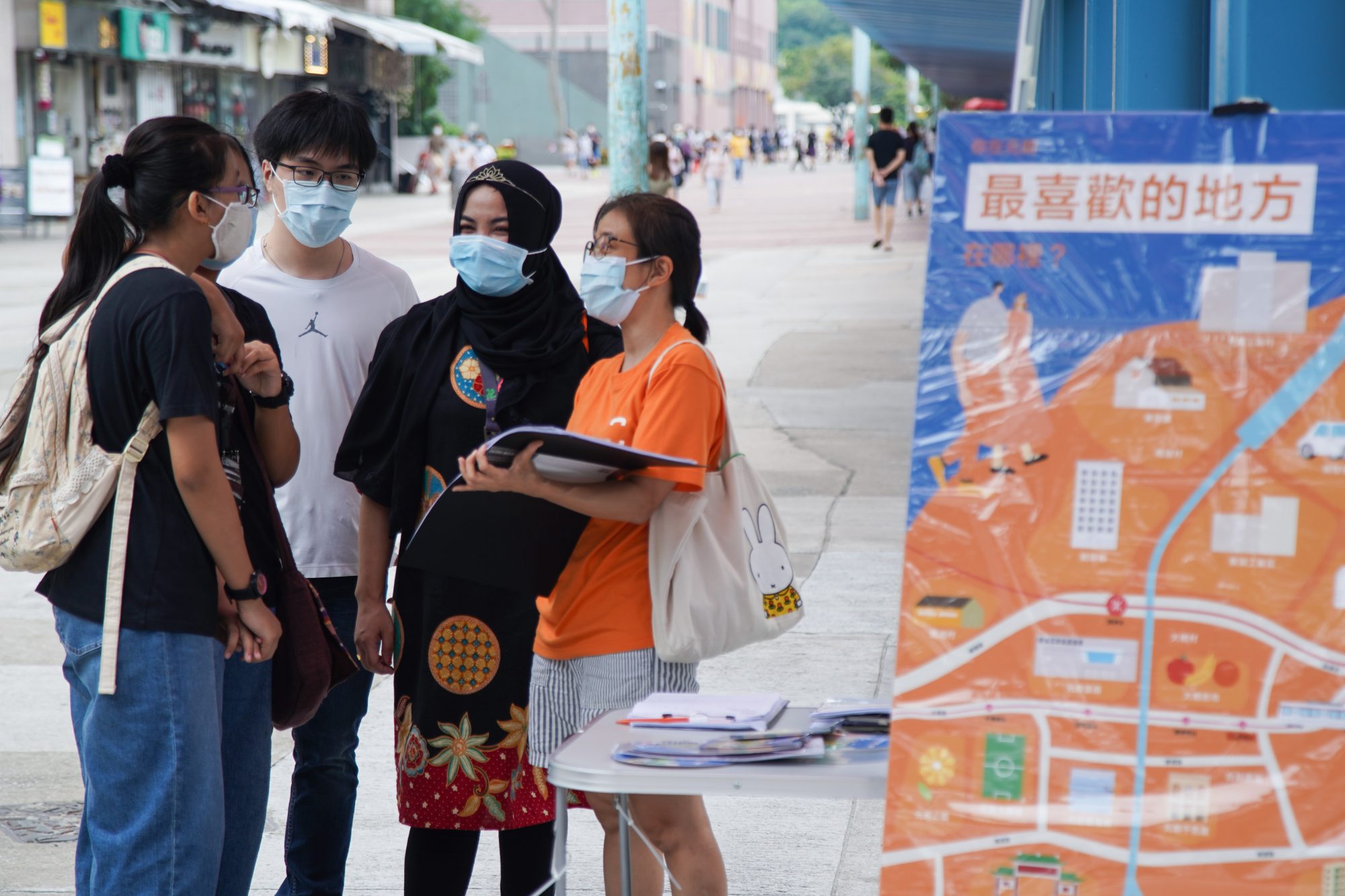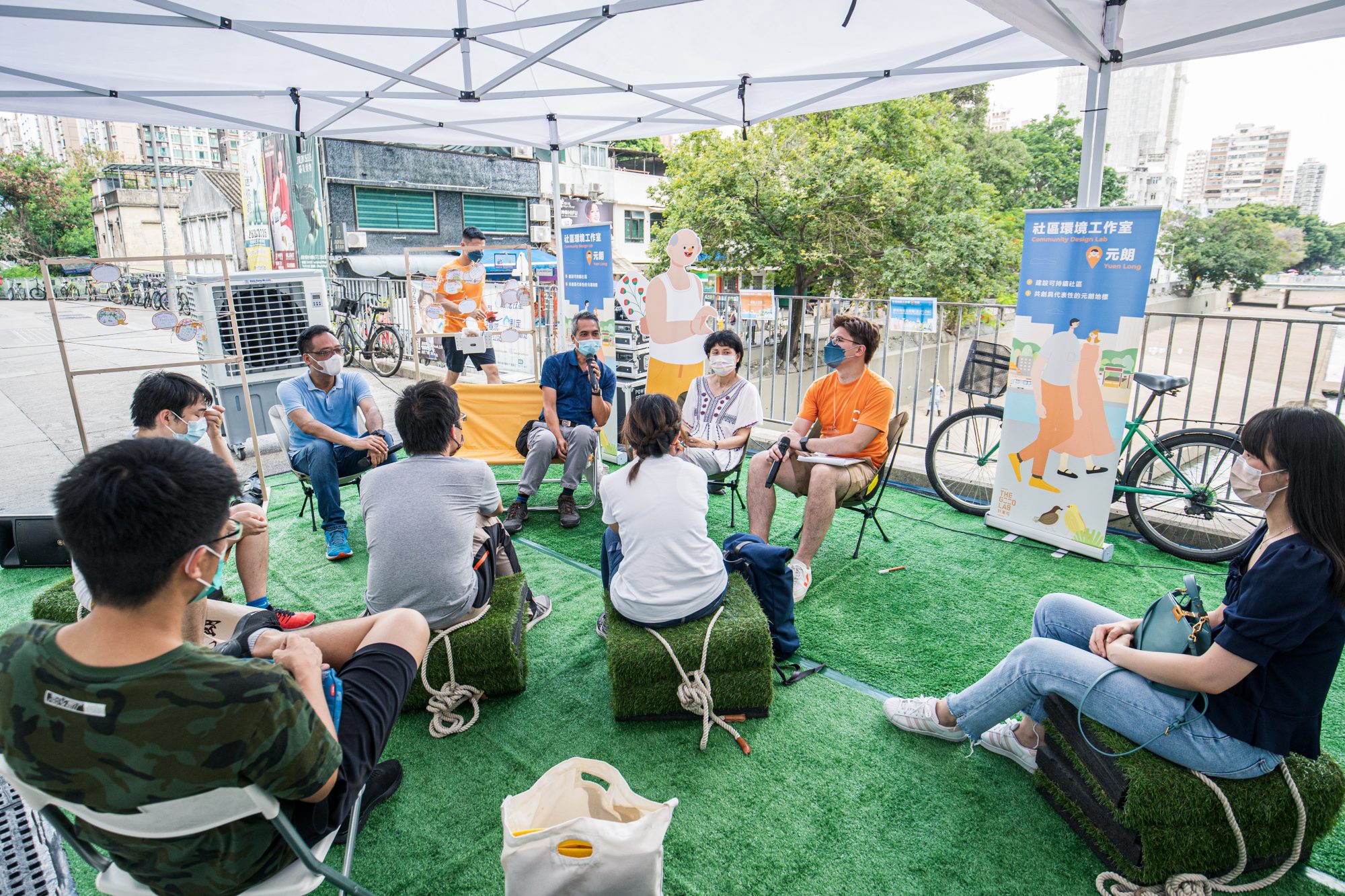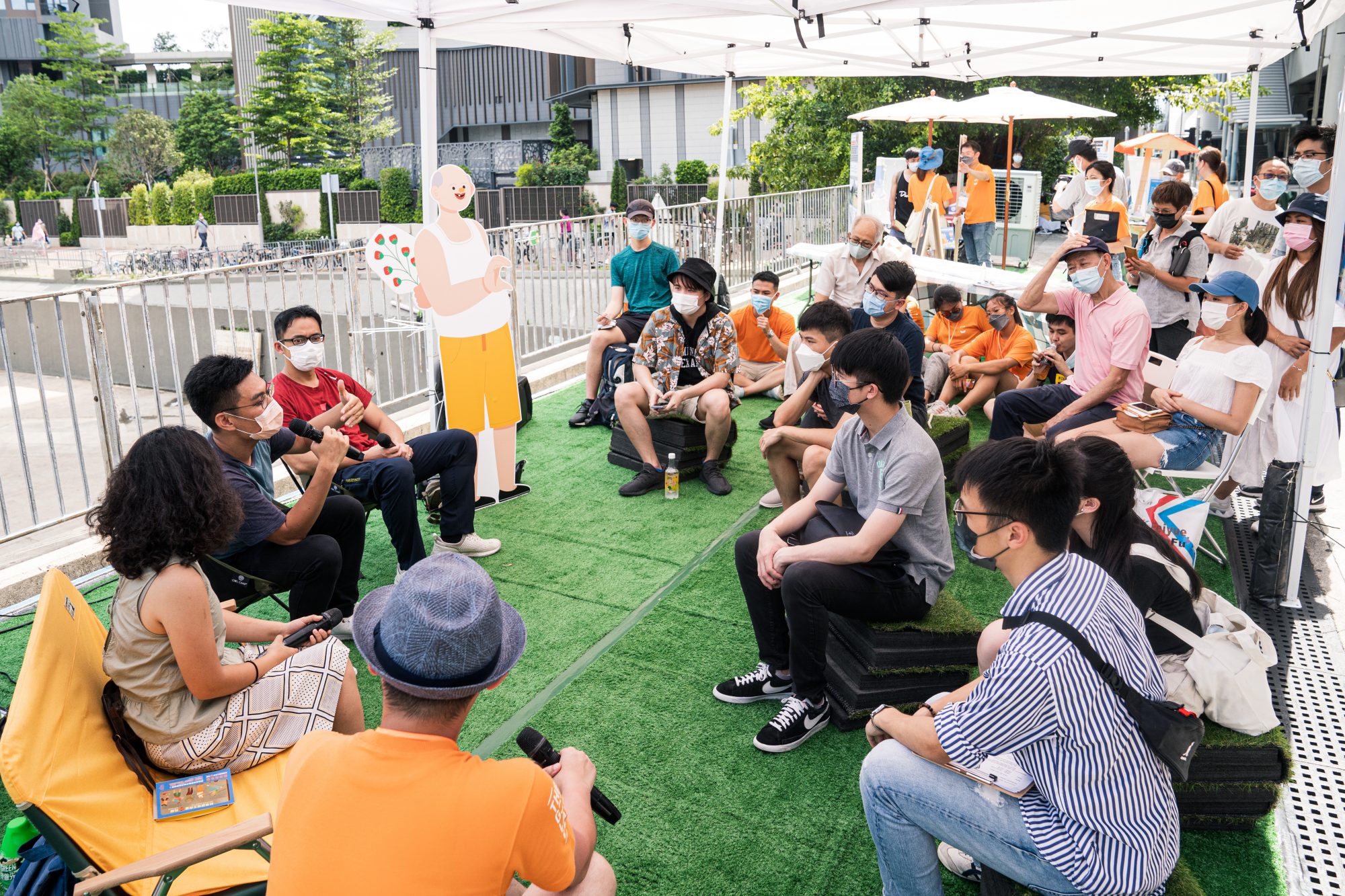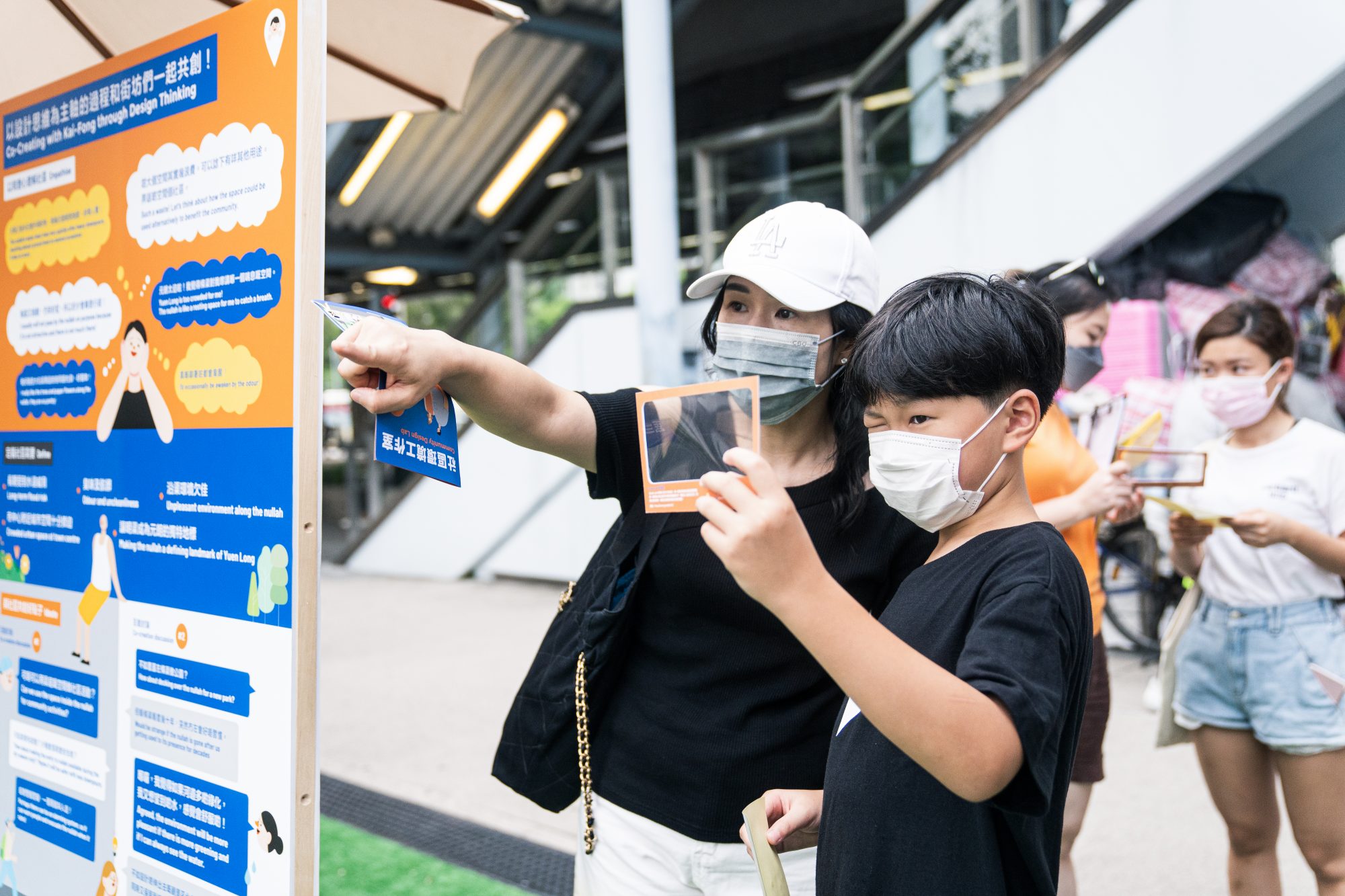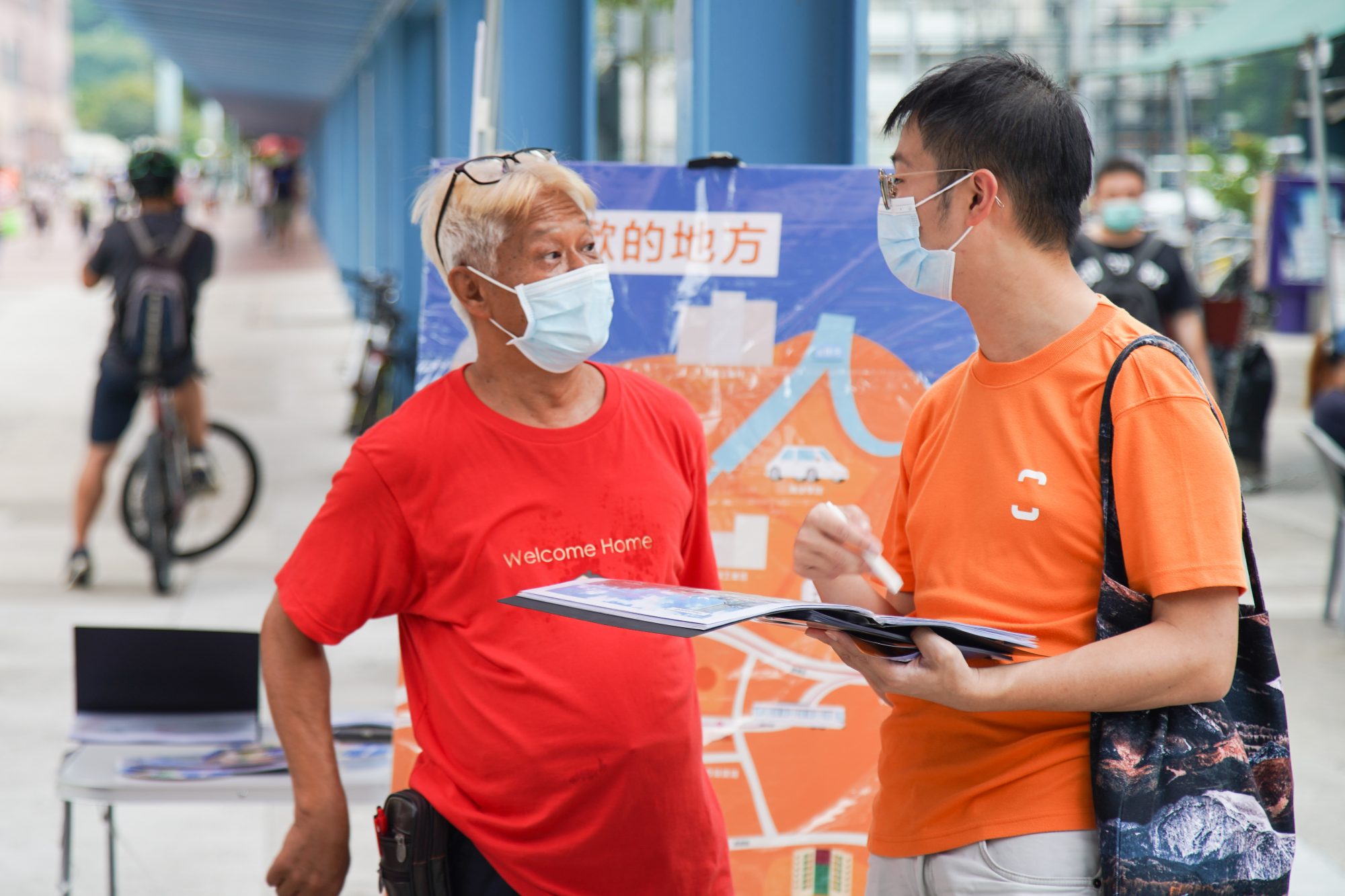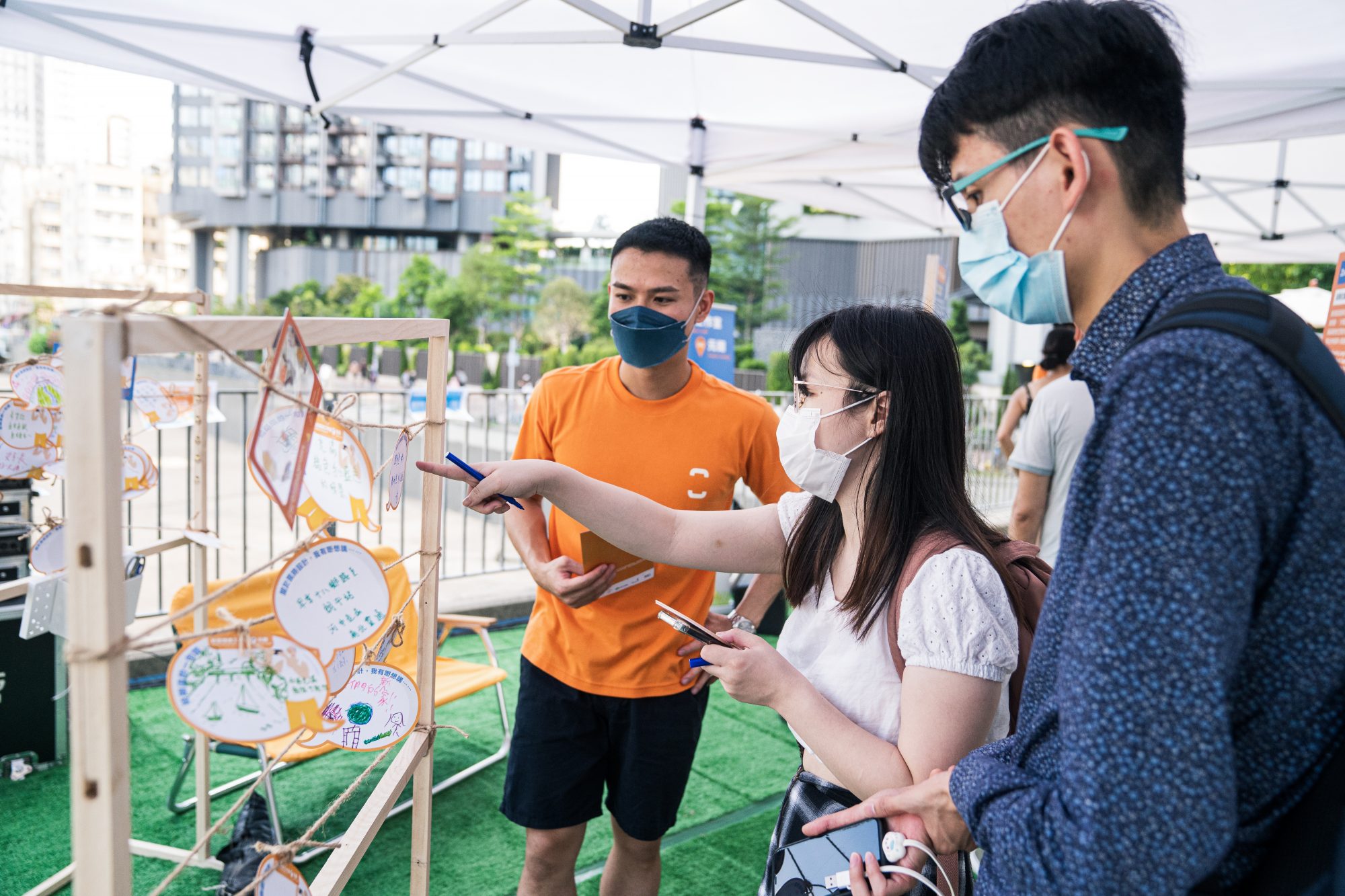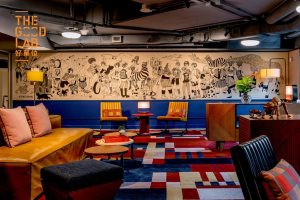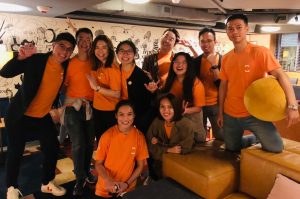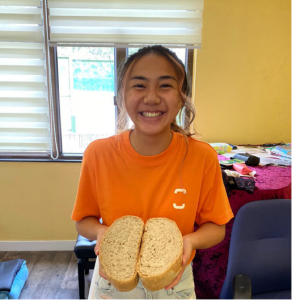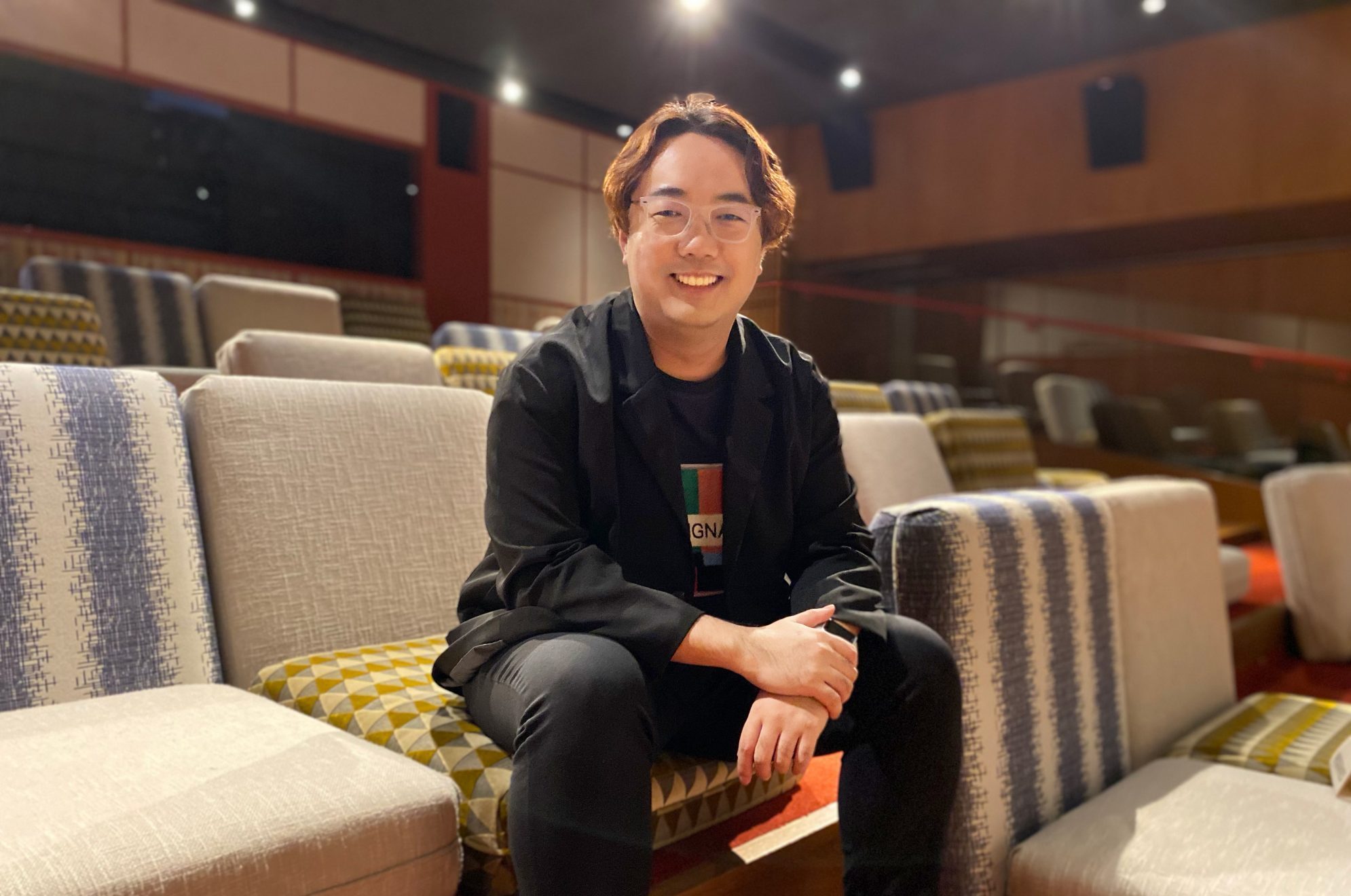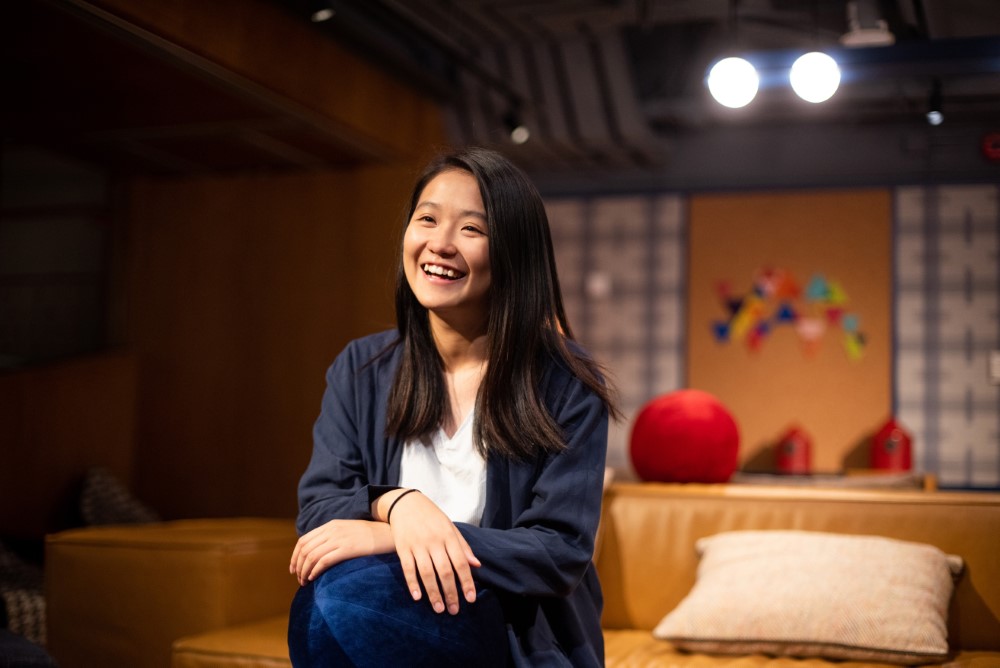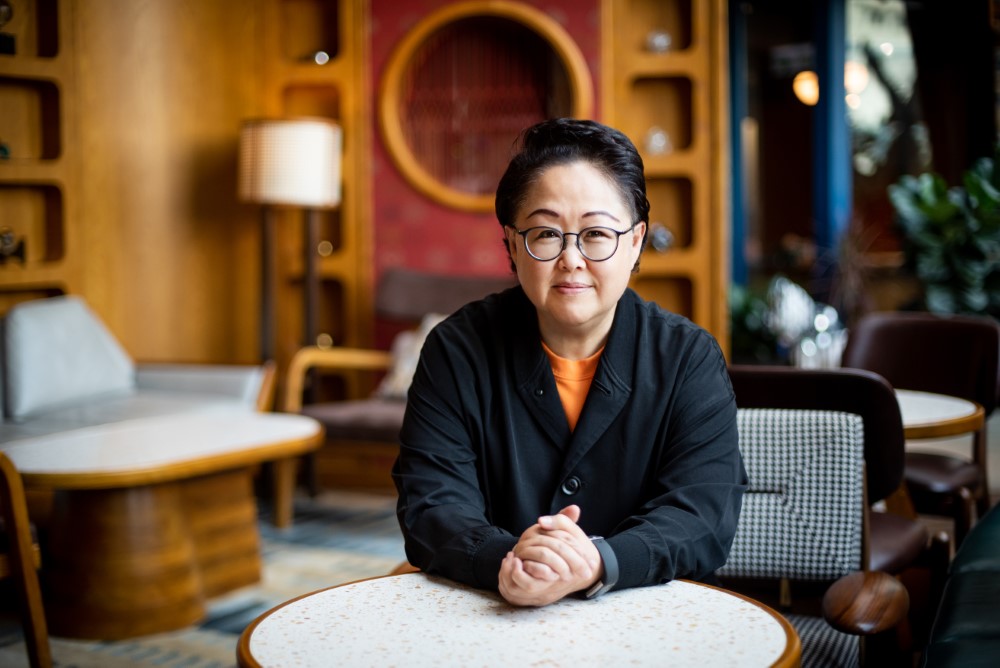About Good Lab
Good Lab is a non-profit social innovation consultancy in Hong Kong dedicated to inspiring and fostering positive social change through human-centred design and cross-sector collaboration.
As a think-and-do tank, our mission is to connect different minds and actions to bring innovative ideas to life. We design and implement social innovation projects and training programmes to raise awareness of and tackle some of the most complex social issues faced by our society nowadays, particularly in the areas of community design, youth empowerment, civic participation, service innovation, environmental sustainability, and social venture incubation.
Since 2012, we have been working at the intersection of civil society, NGOs, Government, and businesses to facilitate innovative co-creation leveraging Design Thinking. Putting people first and facilitating dialogues are the DNA of our work, as we believe this is the answer to co-creating a more sustainable and better tomorrow.
We are now looking for two Project Managers to lead our growing and exciting array of new projects and partnerships with a focus on Public Sector Innovation and Youth Empowerment respectively. Read below to find out more about the positions.
About The Role – Project Manager (Public Sector Innovation)
As a social consultant at Good Lab, your typical day can involve the following—making phone calls to community members, dissecting information gathered from public engagement activities you designed and facilitated, researching new trends and perspectives in social innovation, co-creating actionable solutions with stakeholders to address community issues…most probably not sequentially but simultaneously. But that also means you will have the opportunities to get very hands on in every stage of the projects and that work is rarely boring. Every day here, we as changemakers, learn a little something new about our city of Hong Kong and how it can be better designed and run for the people in it.
We are now looking for someone who already looked up the definition of social innovation and is keen to experiment it here in Hong Kong. Specifically, we want a person who is comfortable with managing small teams to plan and deliver consulting projects in the social and public sectors. This person gets to set the tone of how the project team engages with its stakeholders, ranging from youth and elderly to government agencies, as well as organisational partners and collaborators. Most importantly, we need this person to be able to articulate Good Lab’s vision for the project and flex creative muscles to implement it with the aim to design innovative, user-centred, and grounded solutions in response to the needs of communities and people.
About The Role – Project Manager (Youth Empowerment)
Working within a passionate small team, we are looking for a person who does not only want to sit at a computer all day. The main duties of this role are to manage a portfolio of innovative social programmes to promote youth empowerment and participation, talent development, and incubate new social ventures that will deliver tangible outcomes for our communities in Hong Kong. You will be engaging directly with our partners to design and implement impact-driven programmes targeted at youth from all walks of life, and coordinate dialogues between multiple stakeholders in different communities. You will also get to inspire and develop young changemakers by arranging bespoke and engaging workshops, seminars and coaching sessions to build their capacities as caring, community-centred individuals with an entrepreneurial spirit. In addition, there will be opportunities to engage with and advise early-stage social start-ups, help them navigate their growth paths, and support their innovation journeys.
Your Role as Project Manager – Our Project Leader
- Lead social innovation projects to facilitate the co-creation of impactful solutions with partners and collaborators for the local communities;
- Build empathy with stakeholders and lead them through an innovative process of co-creation and mindset change underpinned by Design Thinking;
- Assume project management responsibilities including, for instance, project scoping & planning, engagement planning & execution, budgeting, workshop design & facilitation, event coordination, data analysis, as well as partner & stakeholder management;
- Lead and coach small teams of high-performing, passionate social consultants to align priorities, set directions, and collectively achieve purposeful goals in creating social value;
- Identify pain points and aspirations of stakeholders through research, dialogues and community outreach; co-create grounded solutions to challenges based on analysis, experience, and judgement;
- Produce high-quality deliverables—such as reports, presentations, prototypes and events—to articulate and illustrate insights and recommendations of actionable solutions;
- Build relationships and instil confidence in project partners and stakeholders as their trusted collaborator and advisor;
- Comprehend and keep up-to-date on industry trends of social innovation, leading perspectives and best practices, as well as local and international cases; and
- Identify partnership opportunities and forge new collaborations to tackle pressing issues in the social and public sectors of Hong Kong.
Requirements
- Bachelor’s degree or above in social sciences, management, humanities, arts or related disciplines;
- Minimum five (5) years of experience in social and/or innovation project management in a leading position along with external partners and/or community stakeholders;
- Experience in innovation and/or business consulting, user research, community engagement, public administration, service design, social entrepreneurship, youth empowerment or related fields would be a strong advantage;
- Strong analytical and problem-solving competence with a commitment to high-quality service delivery;
- Demonstrate the ability to juggle multiple work priorities, attention to details, and outstanding organisational skills;
- Excellent communications and interpersonal skills with the capacity to motivate and lead with enthusiasm, drive, and effectiveness;
- Demonstrate the ability to collaborate and interact professionally with stakeholders of diverse backgrounds and interests;
- Excellent proficiency in both spoken and written English and Cantonese (Traditional Chinese); fluency in Mandarin would be an advantage;
- Excellent command on MS PowerPoint and Word;
- A motivated team player with the ability to take self-initiatives in a dynamic and collaborative project environment;
- An outgoing character with a proven track record of partnership development would be an advantage; and
- Be able to work on weekends and flexible hours for specific Good Lab functions when required.
Candidates with less experience may be considered for a Project Officer position.
To Applicants: please send your Cover Letter and Resume with current and expected salary to hr@goodlab.hk. Application with missing information will not be considered. Only short-listed candidates will be notified. Data collected will be used for recruitment purpose only and personal data of unsuccessful applicants will be destroyed after 12 months.

